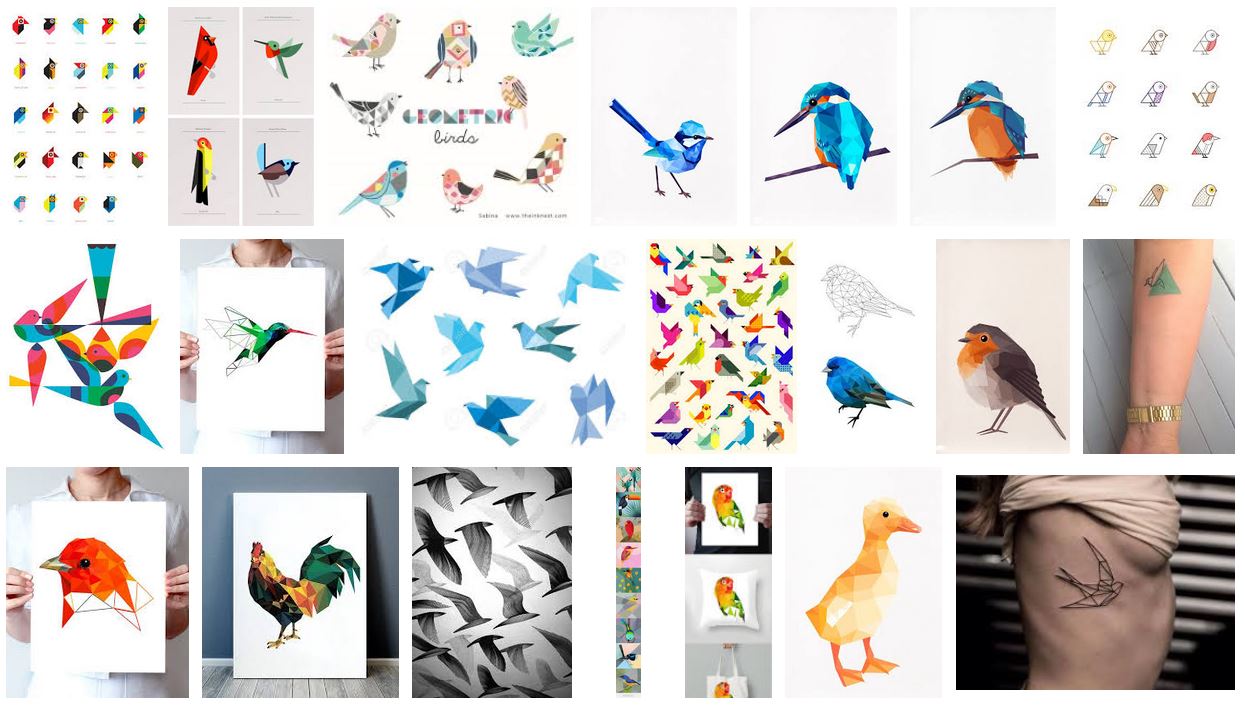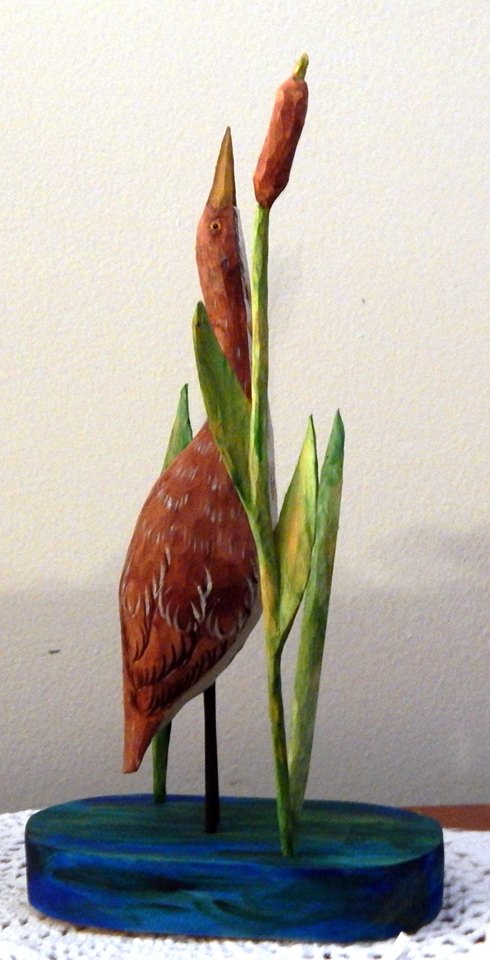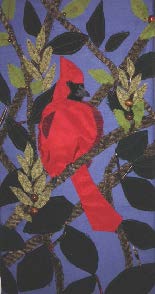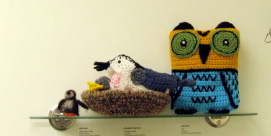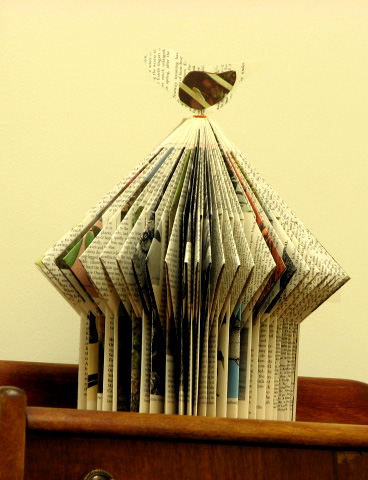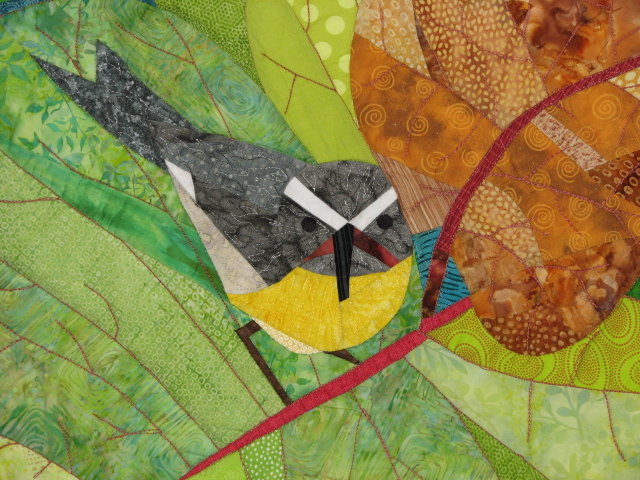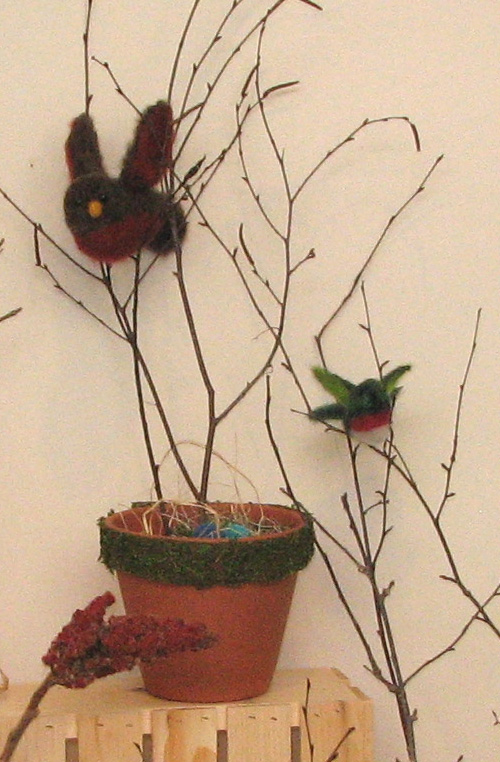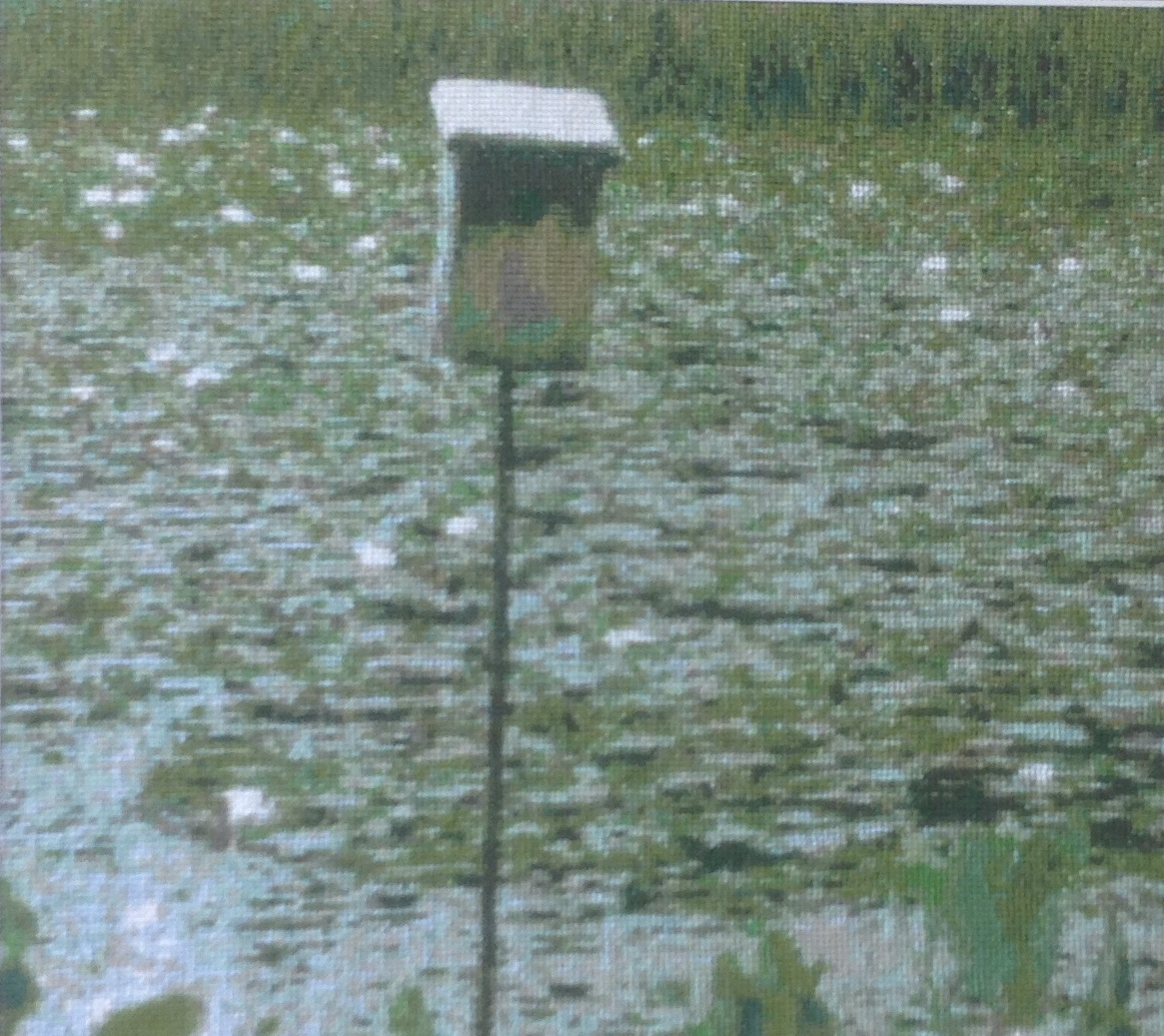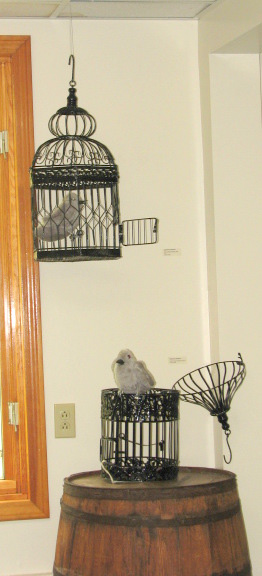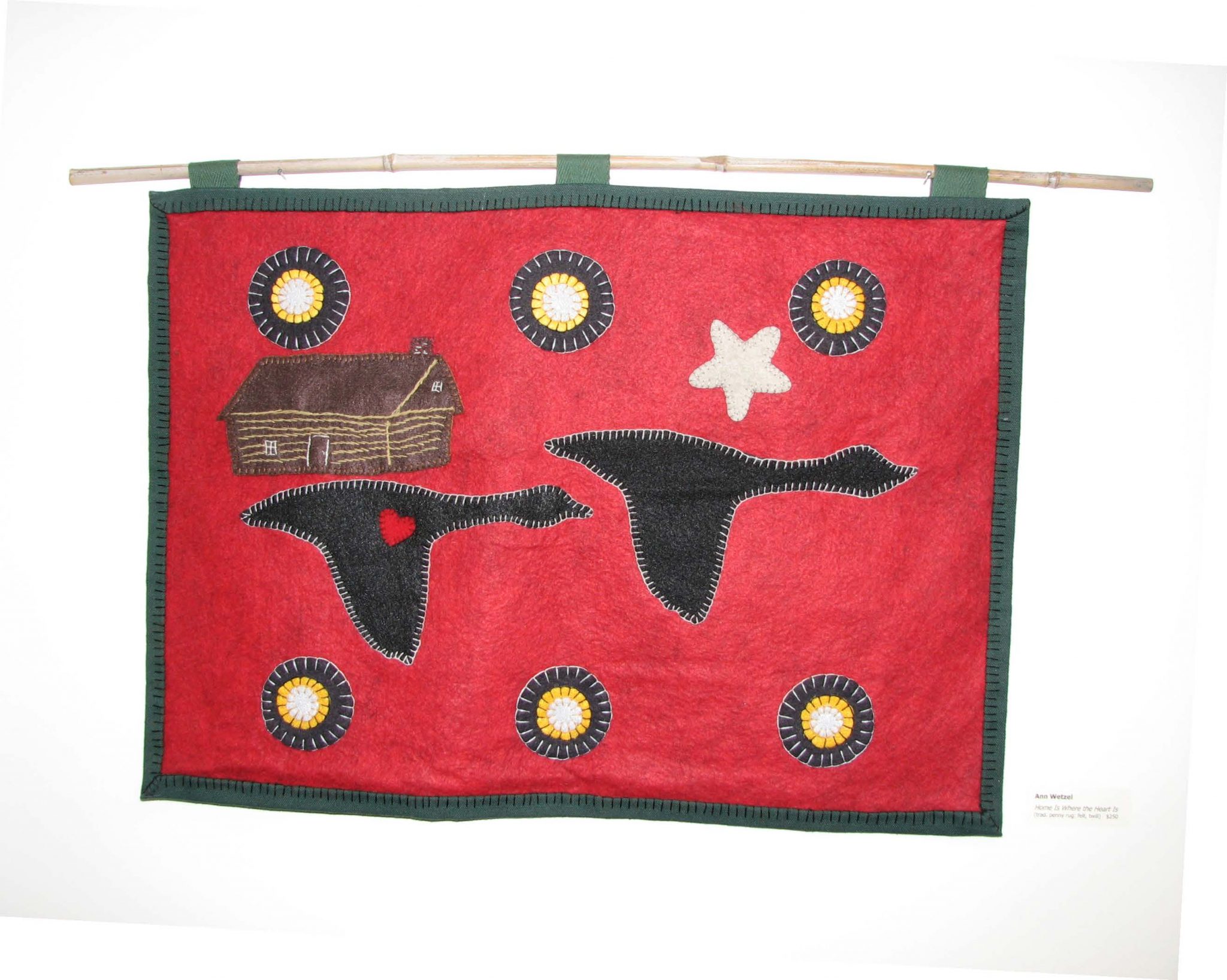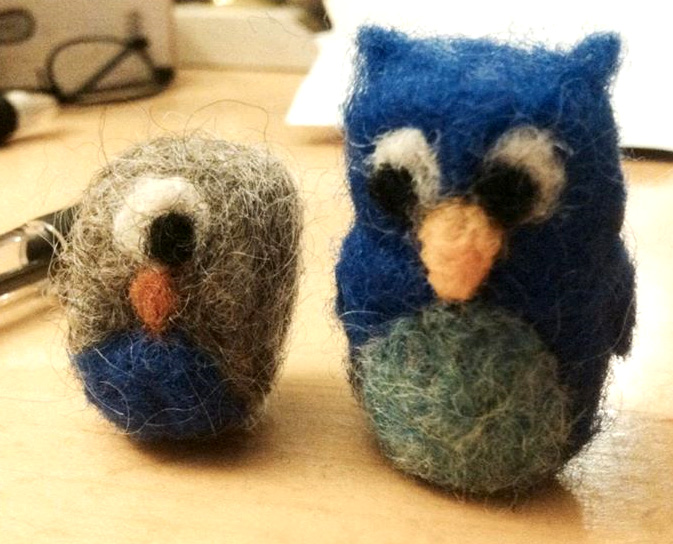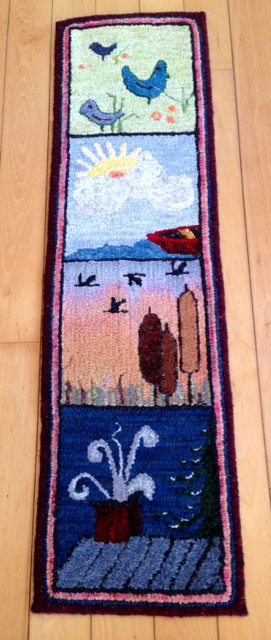Guest post by Kari Jo Spear, Photographer, Novelist, and Daughter of Bob Spear
This post appeared first in our Late Fall 2015 issue of Chip Notes.
Reprinted by permission.
In one thing, my father and I were always in perfect accord. He may have dragged me kicking and screaming into the world of birding, but I always loved to canoe. From the time I was old enough to reach over the gunwale, I had a paddle in my hands. My first one was a blue plastic badminton racquet attached to a thwart with a string. I paddled my little heart out with it, stirring up white water and getting soaking wet while my father paddled serenely along in the stern. I always wondered why everybody laughed when they saw us coming.
When I was old enough to graduate to a wooden paddle, my father had me sit in the bow. I’d hardly learned the basic strokes when he put me in the stern and took the bow himself.
“Wait, this is where you steer from,” I said.
“Yeah,” he said and demonstrated the J-stroke.
Surprisingly, it was really easy to make the canoe go where I wanted it to, unlike riding a bike, or doing math. My father preferred to hug the shoreline (watching for shorebirds wasn’t enough for him—he wanted to see warblers, too.) I ran him into a few low hanging limbs at first, but he didn’t mind, even when they had spiders (which always seemed to find their way back along the length of the canoe to my bare toes).
Soon he began giving me complex directions like, “Bring us in sideways next to that log. Back up a little. Hold it right there.” It took me a while to notice he wasn’t paddling—he was looking through his binoculars into the trees. Huh.
Once I got really good at steering, he taught me how to paddle without taking the paddle out of the water. “It’s the way the Indians used to do it,” he said. “You don’t make any noise at all. Take a regular stroke and then sort of glide the paddle up ahead of you through the water, angled a little. That’s it.”
My paddle slid through the water like a silent knife, completely eliminating the plunk of the blade breaking the surface and the silvery rain of drops coming off the edge when it swept forward. I imagined Indians sneaking up on their enemies, soundless in the night.
“Works great to get close to a heron,” my father said.
That, too.
The first time I ever paddled solo was on a field trip. There were seven or eight canoes, and we spent the day making our way down Otter Creek. We had spotted a car where we planned to take out. The problem was we couldn’t see the road from the creek. By late afternoon, everyone was tired, hot, hungry, sunburned, bug bitten, sick of sitting, and had to pee (at least, I did). But we couldn’t find the car. A discussion broke out over whether we’d passed it, or if it was still ahead. My father told everybody to rest in the shade, and he’d go on downstream a ways. Since I was paddling with him, that meant me, too. So we kept going. And going. And going.
My father didn’t usually get lost (except in the mall parking lot) and pretty soon he was frowning. At last, he told me to land us on a tiny strip of sand and he’d walk across a field, find the road, and look around for the car that had to be somewhere nearby. I waited about fifteen minutes, and then I heard him shout from a long distance farther down the creek that he’d found the car, and to save time, I should paddle back and get the others.
I yelled back that I would. And then the canoe got a whole lot bigger and heavier and kind of scary. He’d told me the best place to paddle solo was kneeling in the center with the boat facing the other way around, going stern first. That kept the canoe level. So I climbed into the center and knelt down, resting my butt on the edge of a thwart, and pushed off. I felt like I was paddling through molasses, until I remembered I was going against the current. Not to mention I was dead tired. But I was used to being the only one paddling a good deal of the time while he was birding, so soon I had some momentum going. I kept close to shore, and after a while, my heart rate settled back down.
At long last, the other canoes came into sight, nosed into shore where a collection of people who looked like they were shipwreck survivors were collapsed in the shade. They saw me coming, and someone shouted, “Oh my God, where’s your father?” They were jumping up like they thought he’d fallen overboard and had been eaten by a giant snapping turtle just because I was a kid paddling alone.
I yelled back, “He walked He says keep coming.”
As they piled back into their canoes, someone asked if I wanted a bow paddler. I shook my head, turned the canoe on a dime, and started paddling Indian style back downstream.
I had this—no problem.
Kari Jo Spear‘s young adult, urban fantasy novels, Under the Willow, and Silent One, are available at Phoenix Books (in Essex and Burlington, Vermont), and on-line at Amazon and Barnes and Noble.
Previous posts in this series:
Part 1: The Early Years
Part 2: The Pre-teen Years (or, Why I’m Not a Carver)
Part 3: Something’s Going On Here
Part 4: The Summer of Pies
Part 5: My Addiction
Part 6: Habitat Shots
Part 7: Growing Up
Part 8: My Dead Arm
Part 9: Remembrance: Tales of My Father

